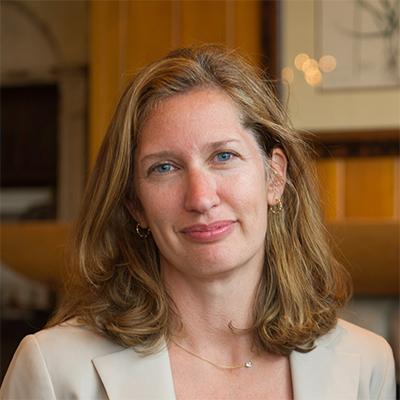One of the most important challenges for governing city schools in an era of choice is protecting the interests of students with special needs. These kids are often desperate for better options, but also vulnerable to being pushed out of schools that don’t want them. The fact that charter schools tend to enroll a smaller percentage of students with special needs is concerning to those who rightly believe that public schools should be open to all students—the gap sends a message that students with special needs need not apply.
While many districts are working with charter leaders to figure out smart solutions to ensure that students with special needs have equal access to any public school, some state and local policymakers have reacted hastily, passing resolutions or quotas to force charter schools to enroll more students with disabilities.
CRPE has been studying this issue for many years to try to bring evidence to bear on these policy debates. We published a book on the topic in 2010, have written several papers, and recently published a thorough analysis of special education enrollment in New York State. Yesterday we released a report by Marcus Winters, of the Manhattan Institute, that casts new light on the dynamics behind special education enrollment in charter schools and what the implications are for policy.
Marcus looked empirically at the factors that might be driving the special education gap. CRPE’s study of enrollment numbers in New York State had shown that the gap exists primarily at the elementary grades. We speculated that this might be because charter elementary schools are systematically excluding students with special needs, but it might also be explained by other factors. Many kids who are identified with a disability before kindergarten are automatically enrolled in special district programs that feed right from special preschool programs. Parents of these kids may never consider a charter school or may not believe that a small charter school would have the resources to meet their children’s needs.
In addition, many charter school teachers and principals believe that too many students are identified as having a learning or emotional disability. They see it as part of their mission to make sure that all students have the emotional and instructional supports to thrive without a special designation.
Marcus considered all of these possible explanations by looking at data from New York City charter elementary schools. He tracked enrollment data for individual students over time from kindergarten through 3rd grade. He compared the special education enrollment rates of students who attended charter schools with charter applicants who wound up at traditional public schools. Because both sets of students applied to charters, this analysis goes a long way toward controlling for differences in the type of child who attends a charter school. Study results are striking:
- The vast majority (80 percent) of the special education gap is explained by the fact that parents of students with special needs—especially those with autism and or a speech or language disability—are less likely to choose to apply to charter schools in the first place.
- Once students enroll in charter schools, it looks like much of the gap is described by what charter advocates have long said: that charter schools are less likely to identify a given student as having a disability. The gap after kindergarten occurs mostly among children with emotional and specific learning disabilities. These are the most subjective categories of student disabilities and categories widely recognized to be over-identified among low-performing students.
- Finally, about a third of all students with IEPs leave their school before the end of 4th grade, whether they attend a charter or district school.
Marcus found little evidence that charter schools push students with special needs out the door after they’ve admitted them. In fact, they seem more likely to try to address children’s needs than label them—a practice some district schools could learn from. Of course, statistical analyses have their limits. We don’t know from this study whether charter schools counseled students away from the school during the admission process. As a parent of a child with a disability, I’ve heard from both district and private schools that my son just may not be a “good fit” for them. Surely this happens in charter schools as well—and, like anywhere, such actions are unacceptable.
One important takeaway from Marcus’s analysis is that it is not necessarily a terrible thing for special education enrollment to be a bit lower in charter schools than in district schools. Quotas or special education enrollment targets may in fact create perverse incentives to get schools to label more kids as disabled. What we need instead, in both charter and district-run schools, are better ways to inform parents about all of their public school options and rights. Districts and charter authorizers must provide effective oversight to ensure that there is recourse for families who are illegally excluded from any public school.



